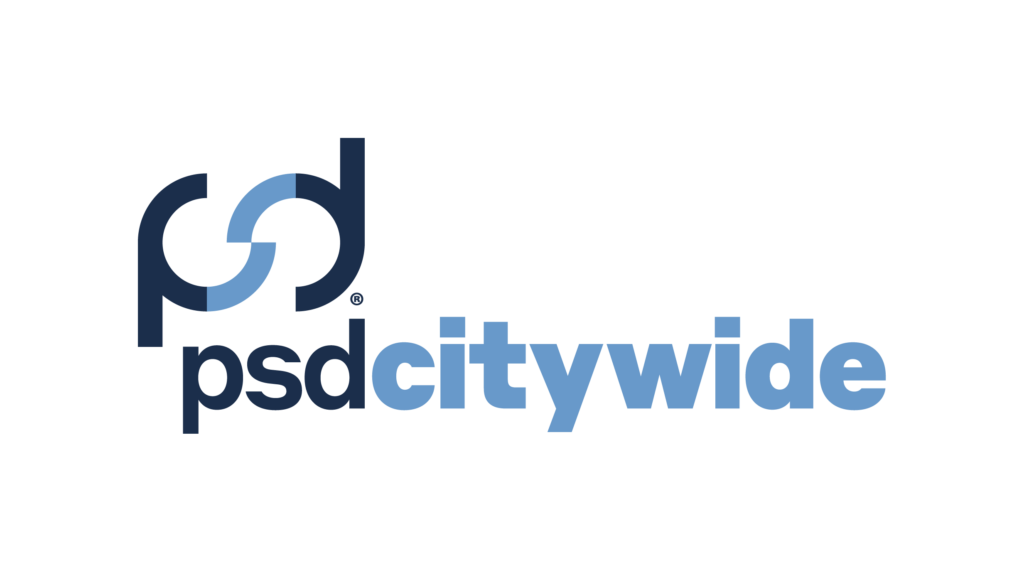In the dynamic landscape of urban planning and governance, the integration of technology has become a pivotal force in reshaping community development processes. Two crucial players in this realm are typically referred to as “community development software” and “ePermitting solutions.” Despite their seemingly distinct labels, it’s essential to recognize that these entities serve the same purpose of ushering municipalities into the digital age.
What is Community Development Software?
Community development software encompasses a wide range of functionalities designed to transition the building permit and inspection process into the 21st century. It serves as the backbone for streamlining government responsibilities by improving permit approval processes, contractor license registrations and trade inspections, while also incorporating the capabilities of mobile devices and real-time processes. Some software solutions include tools to assist municipalities with the planning process as well.
By leveraging features like code enforcement and monitoring new builds and zoning approvals through Geographic Information Systems (GIS), community development software revolutionizes how communities manage their development activities. Its overall goal is to ensure a seamless and efficient workflow, and ultimately elevate the efficiency of local governance.
How does ePermitting Compare?
Designed with user-friendliness in mind, ePermitting simplifies permit management and associated billing activities handled by local governments. It emphasizes customization, ensuring that the software adapts to the unique needs of each municipality by leveraging the integration of GIS capabilities. Further, like community development software, they can include tools and applications to support planning.
The transition from manual processes to a web-based system is a hallmark of ePermitting solutions. Municipalities can say goodbye to cumbersome paperwork and manual work, as these solutions digitize the entire permit management workflow. The elimination of paper documents not only saves time but also promotes team collaboration by providing a centralized location for all permit and inspection data.
Enhanced citizen communication is another key feature of ePermitting software. Citizens can swiftly submit permit applications and process payments online, significantly reducing the bureaucratic hurdles associated with traditional permitting processes. This not only improves the experience for citizens but also contributes to the overall efficiency of the community development ecosystem.
Further, advanced platforms that offer a mobile app provide remote access to permit information, including property records, making life easier for inspection staff on the go. This ensures that inspections are carried out seamlessly, even when the staff is in the field. The best-in-class implementation of ePermitting software includes support throughout the entire process, from legacy data migration to post-implementation support, ensuring a smooth transition for municipalities.
What’s the Difference?
Despite the fact that these platforms have two distinct names, community development software and ePermitting solutions serve the same fundamental purpose: to digitize, streamline, and enhance the efficiency of local government processes. Apart from the difference in naming conventions, they are essentially interchangeable in their objectives and outcomes.
In other words, all of the key features offered by ePermitting software align with the functionalities of community development software. Centralizing permit and inspection data, scheduling and tracking inspections, accessing real-time information, managing permit fees and billing, recording reviews and tasks, and building tailored reports are common threads that make these two solutions one and the same.
Final Takeaways
In essence, community development software and ePermitting solutions both aim to digitize, streamline, and enhance the efficiency of local governance processes. The overarching goal remains the same: to bring communities into the digital age and create a more accessible and efficient environment for residents, businesses, and local authorities alike. The future of community development is a collaborative one, where these software solutions work hand in hand to propel municipalities toward a technologically advanced and community-centric future.



